








Price: ₹18,999 - ₹15,999.00
(as of Jan 17, 2025 07:41:18 UTC – Details)
Product Description










Add to Cart
Add to Cart
Add to Cart
Customer Reviews
3.7 out of 5 stars
83
3.7 out of 5 stars
83
3.7 out of 5 stars
83
Price
₹17,999.00₹17,999.00 ₹20,999.00₹20,999.00 ₹15,999.00₹15,999.00
4K/60Hz HDMI
2 ports 1 port x
1000Mbps RJ45
✓
✓
x
M.2(NVMe/SATA)
✓
✓
✓
100W Power Delivery
✓
✓
x
10Gbps USB 3.1
✓
✓
✓
SD/Mirco SD Card Reader
✓
✓
✓
3.5mm Audio/Mic
✓
✓
✓
8K/30Hz DisplayPort
x 1 port x
8K/30Hz HDMI
x 1 port x
5V/2A Power for Hub
x x
✓
Unique Integrated USB-C Docking Station: Hagibis innovated and developed this RGB LED Strip Light USB C Hub, which integrates docking station, hard disk enclosure, LED strip light and SD card storage box, make your docking station different from the rest, add color to your desktop
RGB LED Strip Light: Two main modes, sixteen rhythm modes, four levels of brightness adjustable. Voice Control Mode: the light will follow the sound rhythm. Memory Mode: the light will beat when the M.2 hard disk reads or writes
M.2 Hard Drive Enclosure: Compatible with M.2 NVMe and M.2 SATA hard disks, if you use the RGB Memory Mode, the LED strip light will beat when hard disk writes or reads. M.2 NVME recommends USB-C Gen 2 10Gbps or Thunderbolt 3 for extreme speed performance. One HD movie transfer only takes 2 seconds; Backward compatible with USB 3.1 Gen1 and USB 3.0 up to 5Gbps
High Speed Data Transfer: Hagibis USB C hub offers extra 2 10Gbps USB 3.1 ports, 1 5Gbps USB 3.0 port and 2 480Mbps USB 2.0 ports for connecting multiple USB peripheral devices such as flash drive, hard drive, keyboard, mouse, printer, MP3 player and more, can keep you away from the trouble of plugging & unplugging your devices repeatedly
Wide Compatibility: For M2/ M1 MacBook Pro (Pro & Max) 14-inch, 16-inch, M2/ M1 MacBook Air, 2016-2019 MacBook Pro, 2018 MacBook Air, M2/ M1 iPad Pro, M1 iPad Air, 2022 10th-Gen iPad, 2021 iPad Pro, 2021 iPad Mini, M2/ M2 Pro Mac Mini, 2022 Mac Studio, M1 iMac, 2019/2017 iMac, iMac Pro, 2015-2017 MacBook,Microsoft Surface Laptop 3/Surface Pro 8/Go, Google PixelBook Go, ChromeBook, Samsung Galaxy Tab Pro S, HP Spectre Convertible, Razer Blade, Huawei Matebook, USB-C Thunderbolt 3-4, USB4 devices









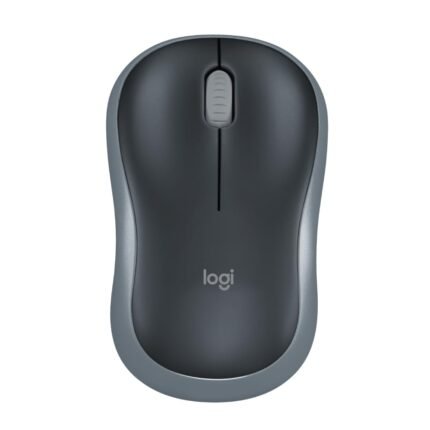
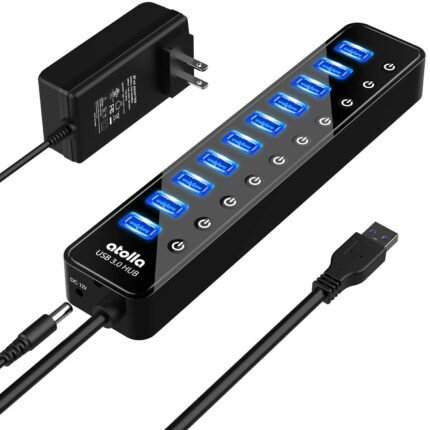

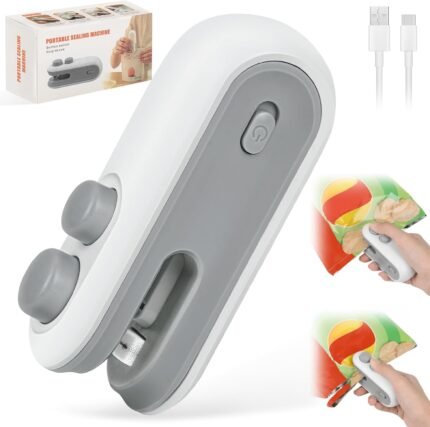
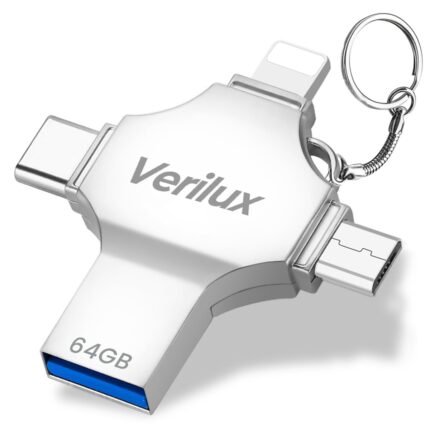

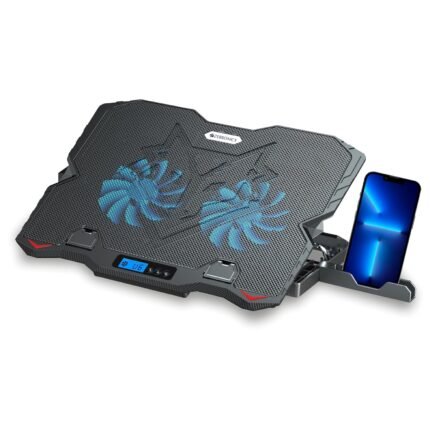



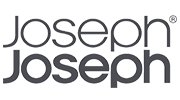




Cliente de Kindle –
Todo perfecto, lo unic9 malo es que no traiga el csrgador de resto excelente
Bart Simpson –
The internal NVME is on a 10GB link so you can do 1G per second IF you have a fast SSDI got 934.985 MB/s and write of 940.849 MB/sYou need to take the time to understand the control, the light bar can display NVME activity and ambient sound at the same time, would be nice to have a sensitivity adjustment but it work!The host connection can hook 2 pc with 2 display.Case is hard plastic and look like anodized but the side panel are anodized aluminum, it also include 2 USB-C to USB-C 10GBS cableYou need to use high bandwidth cable with this and or any other docking hub so it is nice they include them and they are 1M long each.I fitted a Samsung NVME with integrated heat sink. They provide a heat conduction pad as well, the case do not get hot.For the Card Storage side, I don’t plan to use it and it seem flimsy but that’s not a major selling point anyway.I use it on my Linux PC, haven’t tested much the display output but I have no doubt it will be fine.Take the time to understand the HOST and PD option, this is more a docking station than a simple HUB.
Paulo Victor Campelo Selano –
Amei, expandiu demais a possibilidade de conectar dispositivos e organização do meu notebook!
Steven A Swint –
I got this for my MacBook Air M1 and this is perfect for my 2nd Monitor, CD Drive and more. I have a 1TB SSD installed in this for my backups and could not ask for a better dock. The lights on the front are fun! Even though they don’t really do anything, they look cool and make it just special enough that it was worth the price. Great dock!!!
DBCooper –
Back in ‘the old days’ there were many types of input and output ports for connecting devices to a microomputer. There were parallel ports for connecting to dot-matrix printers, and serial ports for connecing to ‘letter quality’ printers. Keyboards required a diffeent port type. The serial port could also be used for mice (if you had an application that could use one), bar code scanners, and of ourse that absolutely requied device – a dial-up modem for connecting to bulletin board systems or other computers. This was all pre-internet. There were SCSI (Small Computer System Interface) which let you attach a hard disk, or a ZIP drive, or a really good flat-bed scanner. This was all pre-Internet. If fyou had multiple devices which needed the same port, you might need an “A/B” switch to manually select the device. There were cables all over the place. And more often than not you had to go into the equivalent of SETTINGS to make adjustments because the needs of the devices were different.Windows 95 attempted to change some of that – introducing “Plug and Play”. It helped. But it also got renamed “Plug and Pray”. Somewhere between Windows 95 and WIndows 98 the USB (Universal Serial Bus) techmology was introduced. It changed everything. If you were lucky you had perhaps 4 ports on a desktop, and perhaps 2 on a notebook. But the need for more, especially when a notebook might be used at an office with more needs, butt taken home for simpler use it became apparent that the office site might need a ‘docking station’. These were often designed for specific models of notebooks. Just snap it onto the back of the notebook and you had your connections at hand.I have so many things attached to my desktop computer that I had various nubs hanging off the back – out of convenient reach. This docking statipon by HAGiBiS addresses that problem. It is implemented at USB 3 level which can send or recieve data at considerbly faster rates than USB 1.1 and 2, yet is backwards comapatible if needed. It has bullt-in ports fo the mix that I need and doesn’t require so many cables running to the back of themachine. Although it may be aragetted towrds the Mac world (whose machines are deinitely short on ports) it will work with Windows machines just nicely, thank you.By the way – the two cables provided are ‘armored’ braided. One is USB A to USB C, the other is USB-C to USB-C. The dock is clearly marked and points out that one port is used for charging the docking station, but can not charge the host.And last but not least, who doesn’t enjoy a little light show indicating that something is happening. One doesn’t really expect this of that something which is essentially ‘infrasctructure’, but HAGiSiS has added a little ‘flash’. Thank you.